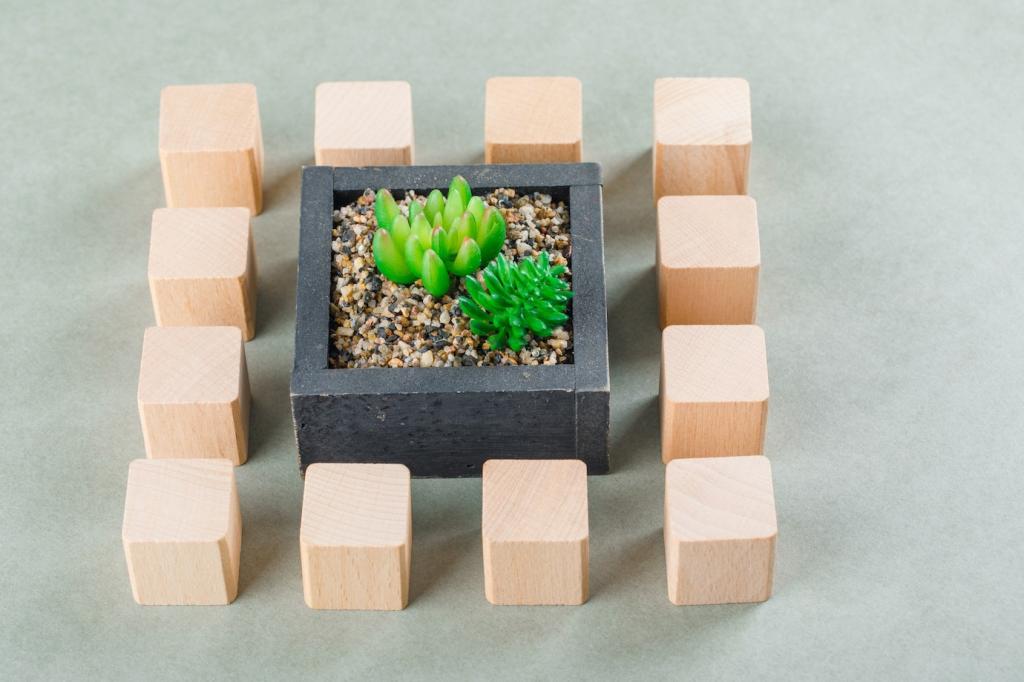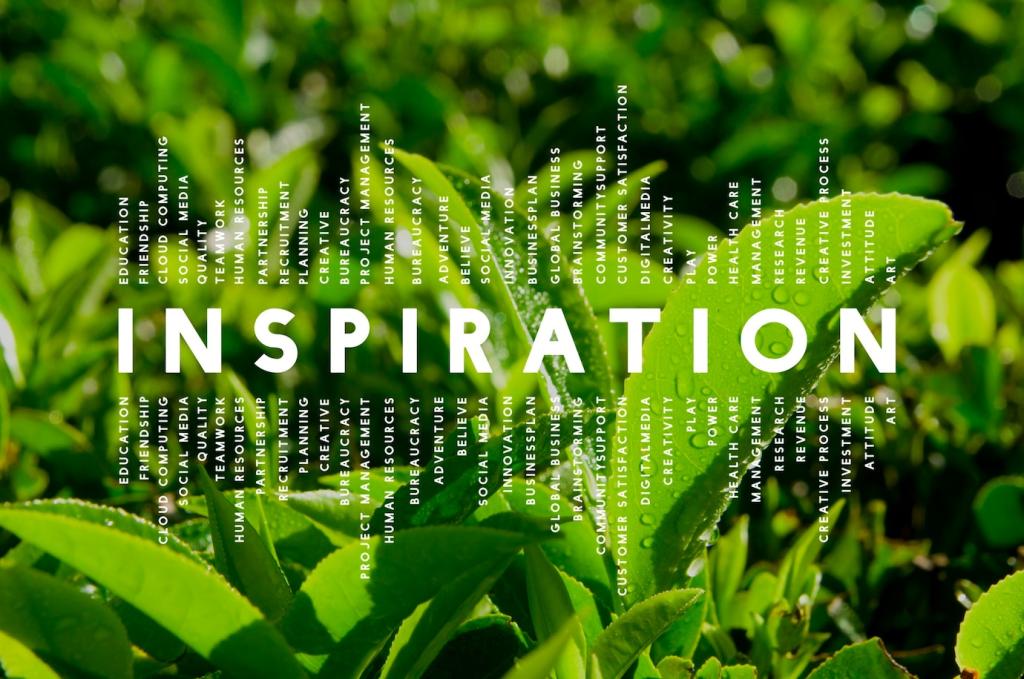Core Patterns of Biophilic Design
Invite daylight that changes across hours, natural ventilation that follows the breeze, and water features that cool and calm. Indoor plantings, edible terraces, and pollinator-friendly roofs foster seasonal rhythms, biodiversity, and subtle cues that help occupants sense climate, time, and the living world beyond the facade.
Core Patterns of Biophilic Design
Use renewable materials with authentic textures—unfinished timber, clay plasters, natural fibers—that age gracefully and tell the truth about origins. Patterns inspired by leaves, shells, and branching systems can guide wayfinding and reduce visual fatigue, while avoiding superficial ornament that lacks ecological substance or local meaning.






